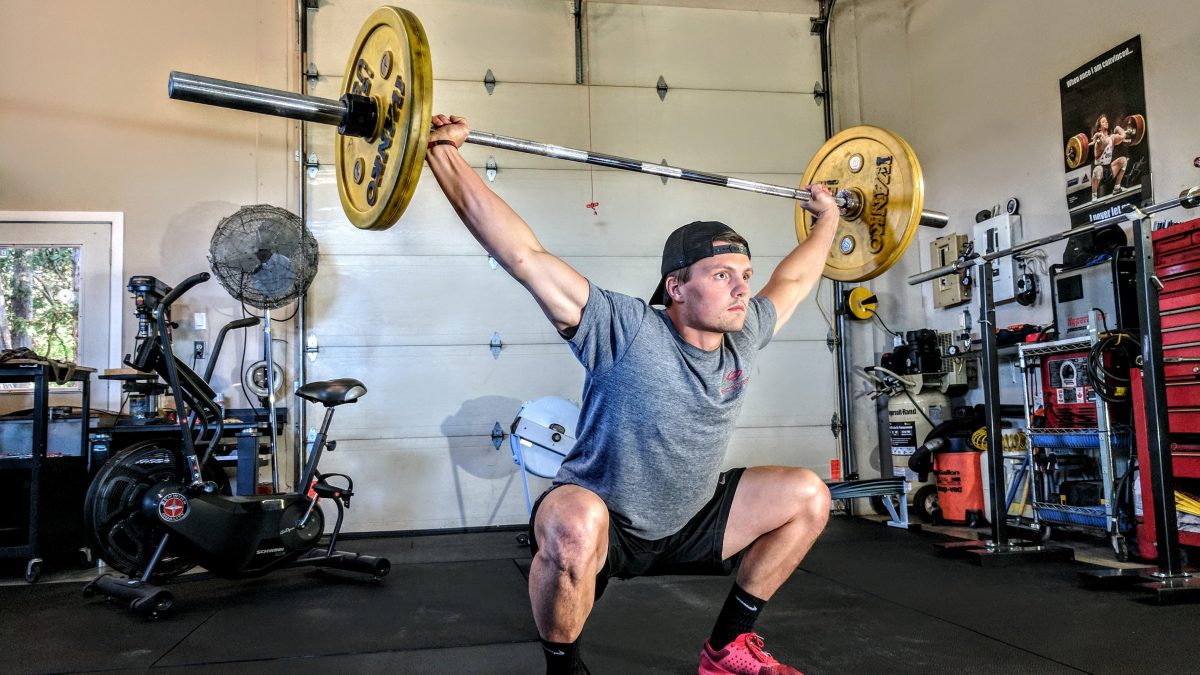How many reps should I do?
3? 5? 8? Maybe 12 reps? Well the truth is you can do as many sets as you want, they will all transform your body as long as you workout consistently, however, you will end up working harder for longer to achieve less. That isn’t the smartest way to train and you also risk reaching a point where you’re unable to progress further, a plateau.
If you have a particular goal in mind then there are specific rep ranges that are proven to get you to your chosen goal quicker, so let me break them down for you.
1 – 6 Reps: Strength.
This is the strength range, ideally if you’re training in this rep range you’re looking to primarily increase the strength of your muscles over the size of them.
A common program to follow for strength would be a 5×5 routine consisting of heavy compound movements. The heavy weight and low reps will provide your muscles with the stimulus they need to be stronger.
Its important to factor in the appropriate rest periods, for this rep range a rest of up to 3 minutes is quite normal, this is because you will be lifting very heavy weight and will need time to recover fully so that you can complete a solid amount of sets.
8 – 12 Reps: Hypertrophy.
This rep range is for those seeking larger muscles, also known as the hypertrophy range. Training for larger muscles is where you perform your working sets with a weight in which you can lift 8 times but no more than 12.
A common hypertrophy set and rep range would be 4×8, if you’re finishing all 4 sets easily then you need to increase the weight you’re lifting, the last rep should be a struggle, but not enough that you have to sacrifice form and risk injury. (This applies to all rep ranges, actually. No ego lifting please)
Rest periods in this range will be between 1 and 2 minutes, performing your next set before the minute mark will result in you not being able to complete your set if you’re lifting the correct amount of weight for this range.
15+ Reps: Endurance.
The 15+ rep range is for those wanting to increase muscle endurance, think long distance runners that need legs that can carry them 26 miles in a marathon.
This rep range can be considered an aerobic activity as your body will be relying on converting oxygen for energy, just like it would if you were long distance running or swimming, long after the other energy systems have depleted their stores, the more your muscles have to rely on this energy system the more aerobically efficient the muscle will become resulting in higher endurance.
Rest periods should be kept to under a minute, you’re training for endurance here remember, you’ll need to fight through the lactic acid to achieve your goal!
Rep ranges are however just a guide, a framework if you like, there is nothing stopping you from doing all three rep ranges in a session. For example you could start with heavy compound movements utilising a 5×5 routine, then switch to some isolation movements using the 4×8 rep range and then to finish off and feel the burn make use of the higher rep range with pyramid or super sets.
Equally you don’t have to rigidly stick to the rep range, if you’re 3 sets deep and nearing the end of your fourth set and feel strong, don’t stop, if you can squeeze an extra rep or two while maintaining form then go for it! If you continue to smash your set then its time to increase the weight pal!
Tags In
Categories
- Calisthenics (3)
- Fitness (32)
- Motivation (12)
- News (2)
- Nutrition (16)



